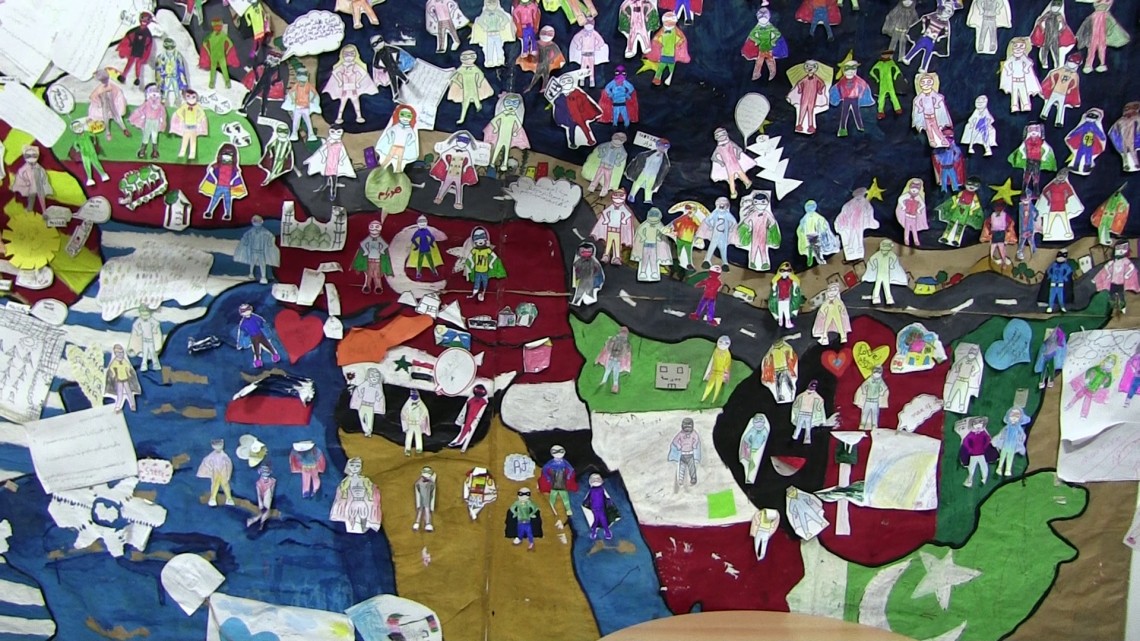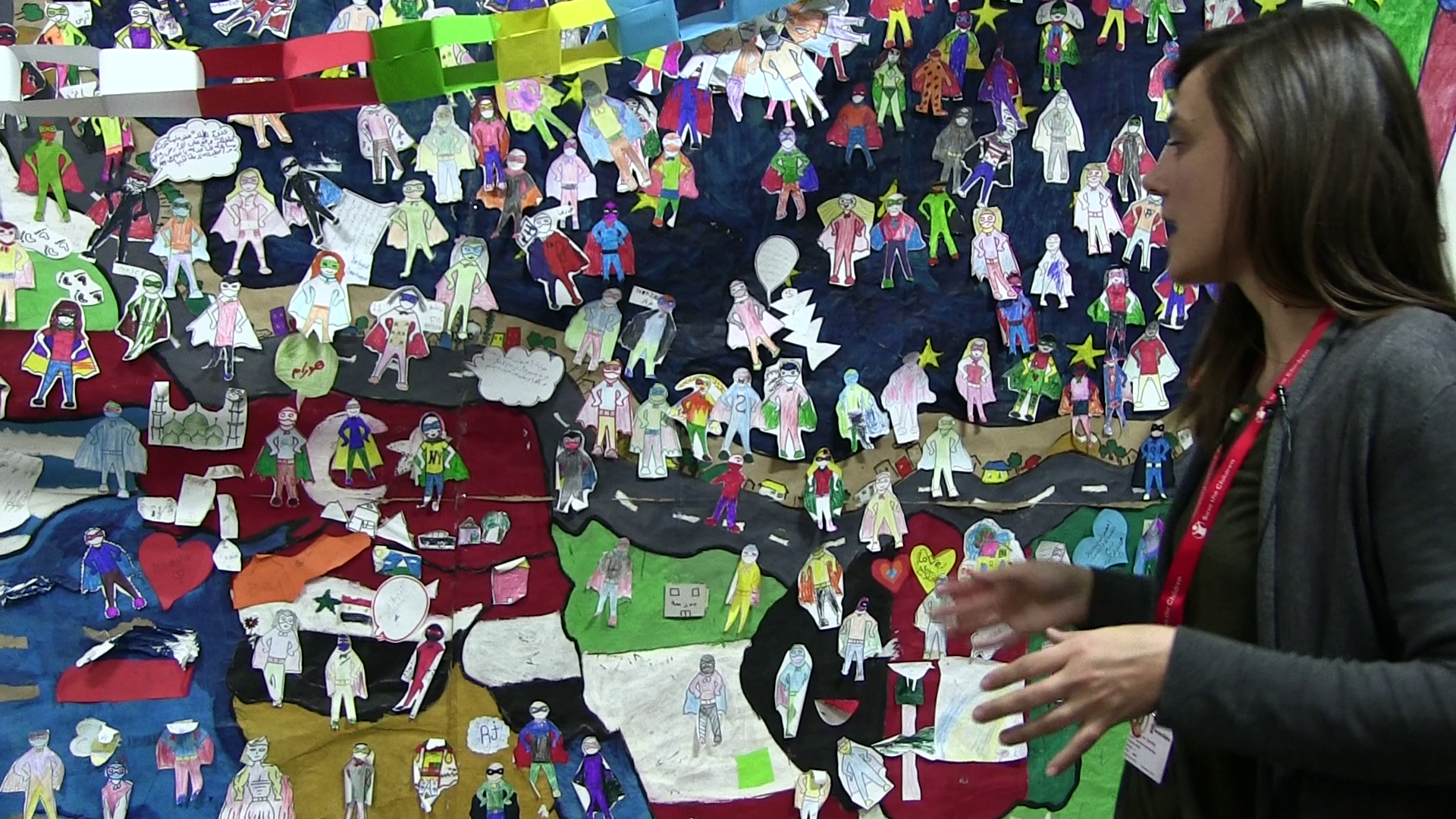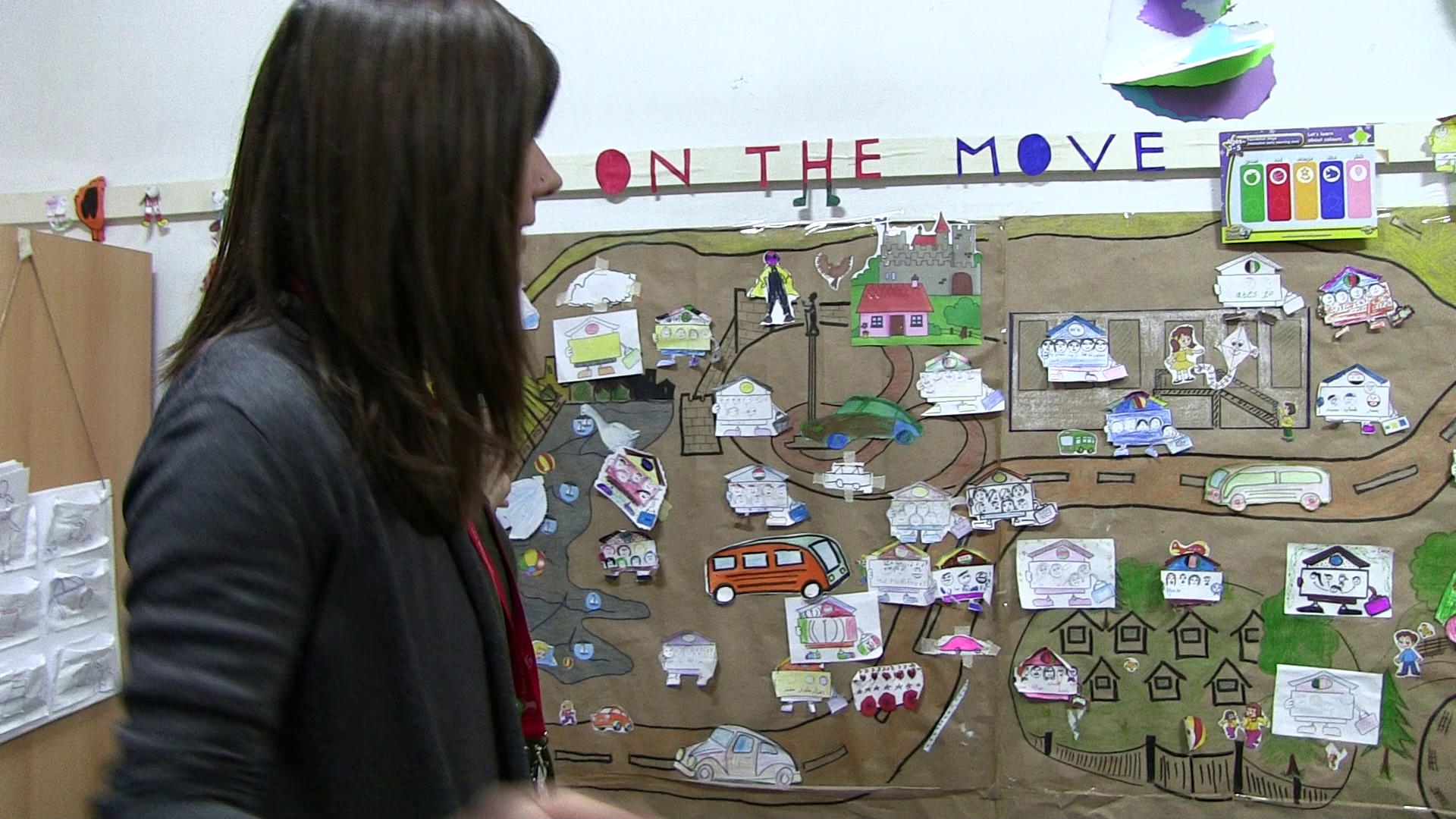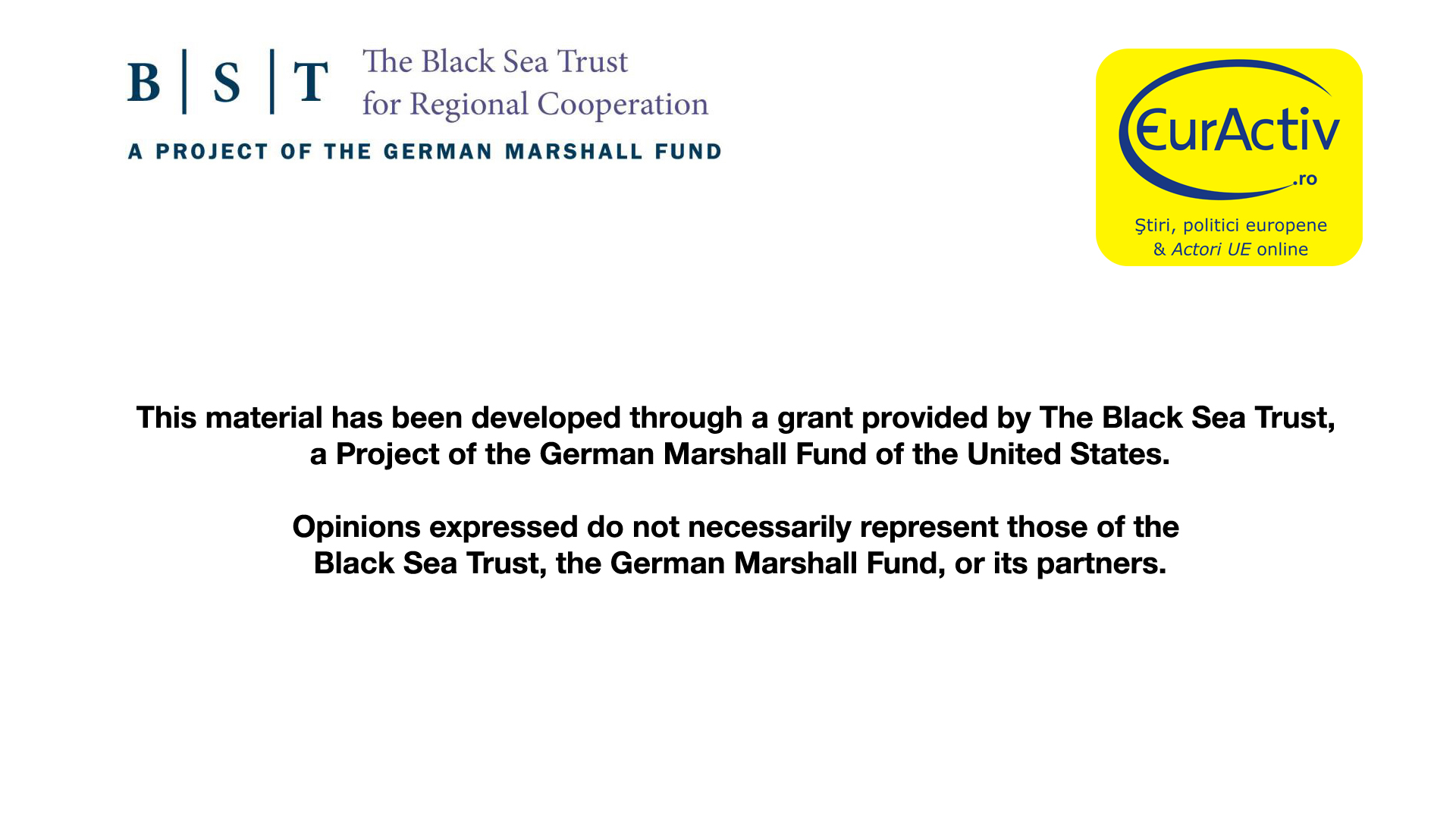Making a stop in Serbia – Part III: The superhero children

Healing trauma through imagination - an unlikely story of hope for refugee children.
Refugee children are superheroes.
They fought through incredible perils. They journeyed through desert lands, water mountains, and haunted forests. They have seen incredible beasts lurking in the shadows and dubious men threatening their families. But somehow, they have endured. They have won. Their superpowers helped them survive and save others. They are now safe, everything is going to be fine now…
To have small children imagining this narrative, one needs another kind of superhero – the kind we have found in Serbian NGOs.
Volunteers help the refugees with everything they can. They feed them, they give them clothes or medicines. They shelter them over the day in centers such as Miksaliste. They have even organized a sort of kindergarten for children, to give parents a bit of time to learn English.
Tatjana and others like her work with refugee children to create wonderful maps with superheroes and places – a strategy to help them cope with their tragedies.
Video Part III - The Superhero Children
Reporter: Tell us about the center.
Tatjana: This is where we welcome children and their families and where we involve them in various activities with the goal of helping them to relax, to feel safe, to feel at home, and to somehow provide the environment where children can be what they really are: children. They did not have much chance to feel like children during this perilous journey.
Reporter: What`s this?

Tatjana: This is one of the activities that the team in the
Child Friendly Space created. It’s called ”Superhero on the way”.
"…they are telling us their stories, about the journey and, most importantly, about the super-powers that they have that helped them along this journey.”
It’s one big map, with many Superheroes, and the
children who come to the Child Friendly Space, they all get this small
Superhero and then they can paint it and they can actually personalize it.
While doing this, they are telling us their stories about the journey and, most
importantly, about the super-powers that they have and helped them along this
journey.
"The team has created many various maps. This is something that we found to be very useful and very inspiring for children.”
This is how, by telling their story, they are digesting all these difficult experiences that they had and they are also focusing on their strengths, which is very important.
When they finish, they can put their Superhero on the map, together with all the other Superheroes and children really love this activity. This is only one of the activities that we have. The team has created many various maps. This is something that we found to be very useful and very inspiring for children.
Reporter: What about this?

Tatjana: This is the map showing the broad environment of Miksaliste and some different important places for children and their families. So, this is Miksaliste and you can see different symbols describing what’s happening in Miksaliste. There are children, a family in a vehicle - they are telling us that this is actually the first place where they arrived when they came to Belgrade. This is the park in Belgrade and you can see that they draw a fountain there. So, this is where they can find water.
This is the Asylum Centre, which is 30 Km away from
Belgrade and where most of the families who arrive to Belgrade spend their
time. Actually, they are accommodated there, they are sleeping there, but most
of them are coming every day to Miksaliste to spend some time in the Child
Friendly Space, to socialize with the team here, with other children and other
people who are coming to Miksaliste. You can see that one child drew a family
here, and also there are more families. You see, they are drawing houses. So, the
whole activity is called "Home on the move”.
"Some of them feel at home in Krnjaca. Some of them feel at home in Miksalište. But you can also see that some of them feel at home on the road.”
The teams are encouraging the children to feel at home and to tell us where in Belgrade they feel at home. Some of them feel at home in Krnjaca. Some of them feel at home in Miksaliste. But you can also see that some of them feel at home on the road. Which is not surprising having in mind that they are five, six, seven years old and have been travelling for a year - because that is how long many of the families are actually on the journey. It’s not surprising that that’s where they feel at home. And also, they all strongly feel that this is not the end of the journey for them, they have different plans, they all want to go to Western European countries. They have this strong feeling that they are on the move, and this is where they feel at home, because this is their experience.
This part of the map children drew a couple of months ago, during the summer, because this is where the river Sava is. The families used to go there to spend some time, just sitting on the bank of Sava, and this is where some of the children felt good.
Read Part I Making a stop in Serbia: The killer journey
Read Part II Making a stop in Serbia: People helping people
|
Authors: Ovidiu Vanghele (interview, background research), Ioana Moldovan (camera), Dani Drăgan (video editing), Paula Căbescu (post-production related activities). |

Learning English at the center
Învățând engleza la centru

Tatjana, Save the Children, shows us the Superhero Map
Tatjana, Salvați Copiii, ne arată Harta cu Super-eroi

The map is full of drawings
Harta este plină cu desenele copiilor

The Superhero Map
Harta cu Super-eroi

Superheroes drawn by refugee children
Super-eroi desenați de copiii refugiați

Close-up of a superhero
Prim-plan cu un super-erou

Tatjana, Save the Children, shows us the Home on the move Map
Tatjana, Salvați Copiii, ne arată Harta Caselor în mișcare

Tatjana, Save the Children, shows us that children feel at home when they are on the road
Tatjana, Salvați Copiii, ne arată că cei mici se simt acasă atunci când se află pe drum, în mișcare

Tatjana, Save the Children, shows us drawings from the map
Tatjana, Salvați Copiii, ne arată desene de pe hartă

Tatjana, Save the Children, shows us the river Sava on the map, where children have fun
Tatjana, Salvați Copiii, ne arată râul Sava pe hartă, unde copiii se distrează

Home on the move Map
Harta Caselor în mișcare

Family in a house – drawing by a refugee child
Familia într-o casă – desenul unui copil refugiat

Places preferred by children
Locurile preferate de copii

Busses and families
Autobuze și familii

The fountain
Fântâna

Children feel at home when they are on the road
Copiii se simt acasă atunci când se află pe drum, în mișcare
|
See the section THE UNCOUNTRIED See the stories on Serbia VIDEO / INTERVIU O oprire în Serbia – Partea I: Călătoria spre viață care, uneori, ucide (En.) Making a stop in Serbia – Part I: The killer journey See the stories on Romania See the stories on Bulgaria VIDEO-INTERVIU (II): Am plecat din Siria, m-am stabilit în Bulgaria. „Acum, sunt profesor în Sofia”
|
Our project
The route used by refugees coming from the Middle East to Europe has not closed after the migration peak of 2015. The only thing that has happened is that the number of people reaching the wealthier and opportunity-filled West has dropped, as the route has gotten significantly harder than it was during the more favorable context of a few years back.
Some countries have effectively closed their borders, forcing the refugees to go around or simply blocking thousands of people from continuing their journey towards the European dream.
Assisting the refugees continues to represent a problem for the poor states in the region that lack the necessary resources to shelter them. These countries continue to be confronted with thousands of vulnerable people to whom they have to ensure minimum living conditions.
EurActiv Romania has documented with the financial assistance of the German Marshall Fund the hardships and tragedies of migrants and refugees coming to Europe from the Middle East. We have taken a closer look at the challenges they face, but also at the opportunities that they can access in order to rebuild their lives, at the horrifying stories of their death escaping journeys, but also at extraordinary examples of compassion, at misleading prejudice and misunderstanding of day-to-day realities, and also at exemplary cases of integration and community service.

Comentarii